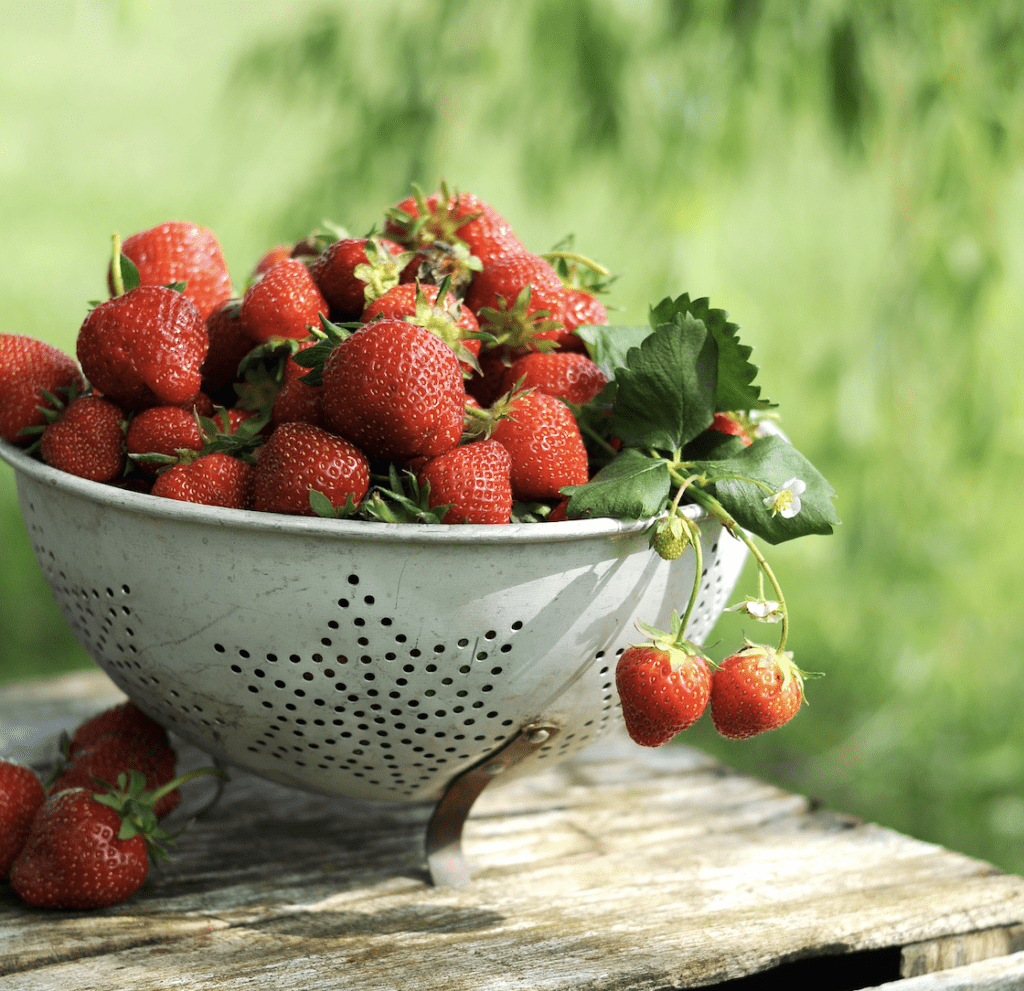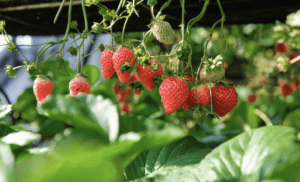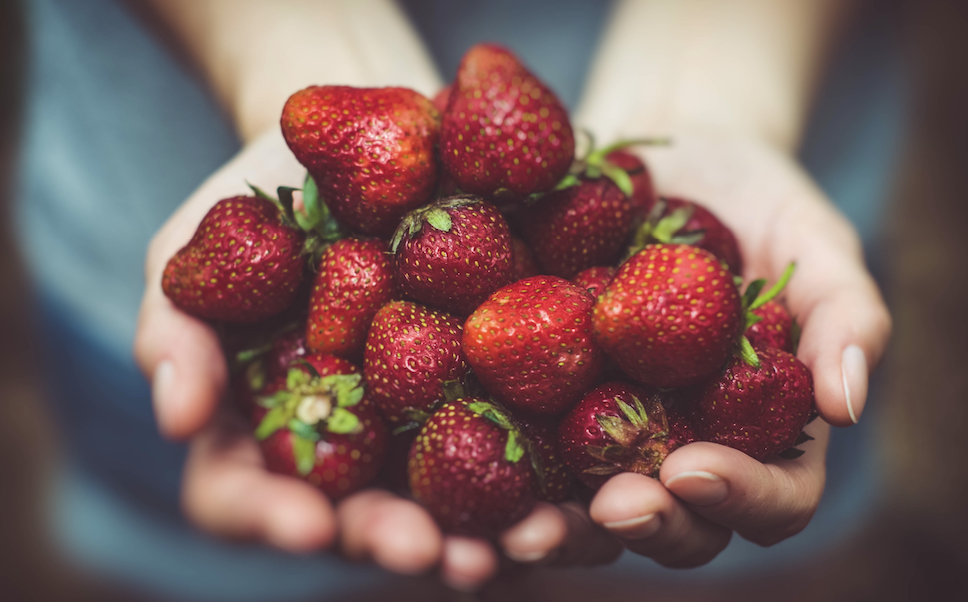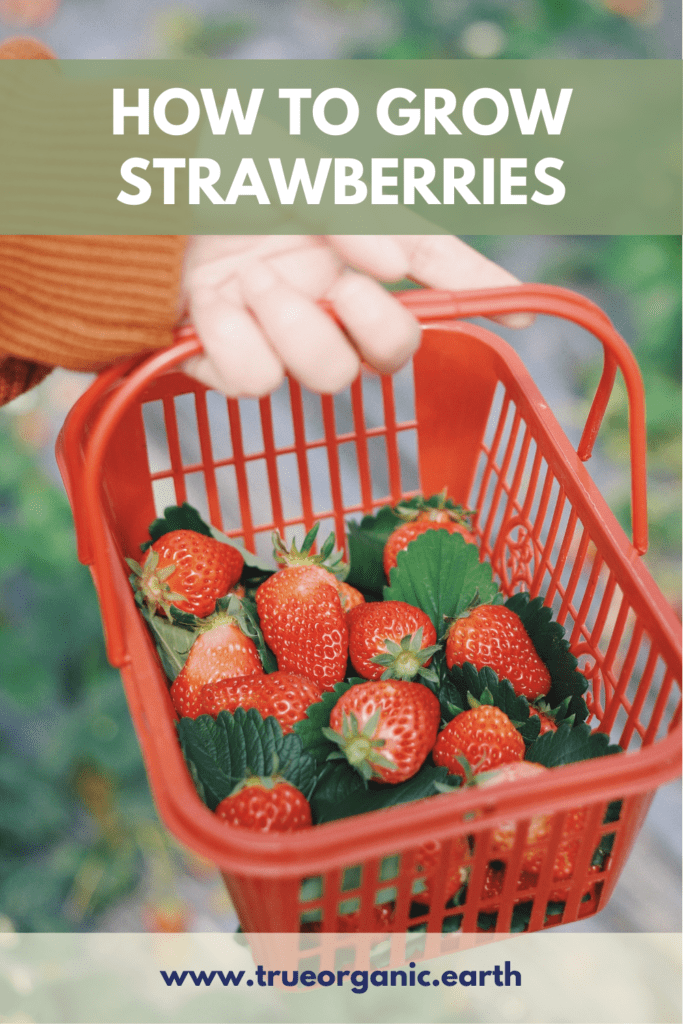April 14, 2023
How to Grow Strawberries in Your Home Garden
How to Grow Strawberries in Your Home Garden
Who doesn’t want a basket full of juicy, sweet red berries to share? Strawberries are one of the most rewarding and delightful crops to grow in your home garden. The many varieties of strawberry plants make it possible to grow in almost every Plant Hardiness Zone and harvest strawberries from June to first frost.
If you’ve tried growing strawberries and haven’t had much success, you may just need a few pointers to help cultivate strawberries. They’re not complicated crops to care for, but can require a bit of specific care for the best results.
If you time it right and take good care of your plants, you’ll be feasting on strawberries from early summer to late fall — and maybe even freezing an abundant harvest to enjoy all year.
The Basics of Growing Strawberries
Let’s get you started with a few basic tips and guideposts for growing strawberries in your home garden.
- The scrumptious red treats that you harvest from strawberry plants are, in fact, not berries at all! The fruits produced by strawberry plants are called “aggregate” fruits — a group of tiny fruits embedded in one, juicy flesh receptacle!
- Strawberries can be grown in almost every Zone — but there are many varieties and you want to make sure you choose the right kind for your Zone.
- Whatever Zone and variety, strawberries need full sun (at least 6 hours a day) to produce lots of yummy, ripe fruit.
- Strawberry plants each need at least 12 inches of space (ideally up to 18 inches), so choose an area or containers that allow for decent spacing.
- Yes, you can grow strawberries in containers! Just be sure they have enough space to spread out. Strawberries have comparatively shallow root systems, so they need more space horizontally than vertically.
- Strawberries need bees for pollination. Therefore, it’s a great idea to have strawberries alongside a pollinator garden.
- Strawberries do take some specific maintenance, including trimming runners (or else, like many berries, strawberries can have a tendency to take over your yard or garden bed).
Types of Strawberry Plants
There are three general types of strawberries to choose from, and you can mix and match them, depending on your Zone.
- June-bearing strawberries: These are the most commonly grown strawberries in the U.S. They produce a big crop in mid-June to early July. Though they only fruit once per season, these tend to give the highest yields.
- Ever-bearing strawberries: This type will give you two crops, one in early summer and another in early fall.
- Day-neutral strawberries: These cold-tolerant strawberry types produce fruit throughout the growing season and do better in shady spots, but the berries are less flavorful.
When to Plant Strawberries
Strawberries can be grown as perennials in most Zones, with attentive care. These plants go dormant in winter — you’ll see them drop their leaves and stop growing, but they aren’t dead!
In Zones 4 and 5, be sure to mulch or otherwise cover strawberries properly through those cold winters.
Bareroot strawberry plants can be put in the ground or outdoor containers anytime after the last frost in spring. As soon as the soil is soft enough to pierce with a trowel, you can plant strawberries!
They can also be planted in winter, then covered in preparation for spring. Since strawberries go dormant in winter and are perennial plants, they’re naturally inclined to over-winter.
After four or five seasons, strawberry plants may stop producing lots of fruit — while the plant can still keep growing, you may want to compost those “old” plants and start with new ones if you want big harvests.
How to Plant Strawberries
Strawberry plants have a stemmy crown that needs to be above the soil, so many people accidentally plant them too deep.
- Plant the roots, not the crown.
- But make sure roots are covered! If the roots are exposed, the plant will lose water and be at risk of damage.
- Choose a sunny spot. Strawberries need 6 hours of sunlight at minimum — ideally, they will be getting 8 hours of good sunlight every day.
- Because of their shallow roots, it’s exceptionally important to make sure strawberries are planted in well-draining soil.
- Space plants 12–18 inches apart to provide room for runners.
- Plant rows at least 3 feet apart.
- If you’re not planting in rows, just make sure strawberries are spaced apart from other plants that may compete for water.
- Give your strawberries a boost with organic granular fertilizer upon planting and repotting, like our True Organic Berry Food or All-purpose Plant Food.
- Replant/repot established strawberries in the fall with a measured dose of organic plant food.
Caring for Strawberry Plants
After your strawberries are established, follow these basic guidelines to keep healthy plants and cultivate satisfying harvests:
- Encourage roots and shoot growth by pruning the first flowers on your strawberries. (For June-bearing strawberries, you can remove the blossoms for the entire first year of the plant’s life — that will help it establish strong roots and stems for years to come.)
- Weed your strawberries regularly, as these plants are not the best at competing with weeds. Consider mulching your strawberry patch for more weed protection.
- Pay attention to runners. The vine-like shoots that strawberry plants grow are runners that produce new plants, and like the new stems and leaves on your houseplants, they can be propagated! But they can also take over the garden if unattended, so eliminate the excess runners and trim the strong ones by placing them into new soil (in-ground or in a container).
- Water your strawberries daily with about 1 or 1.5 inches of water. In very hot summer months, they may need to be watered twice a day.
- If you are cultivating your strawberries as perennials, take the time to place straw or fabric covers plants in winter to protect them. Once spring comes, remove covering as the plants start to grow again and give them a new dose of plant food.
Happy growing!
Show us your True Organic Plants
#GrowWithTrue
www.trueorganic.earth






